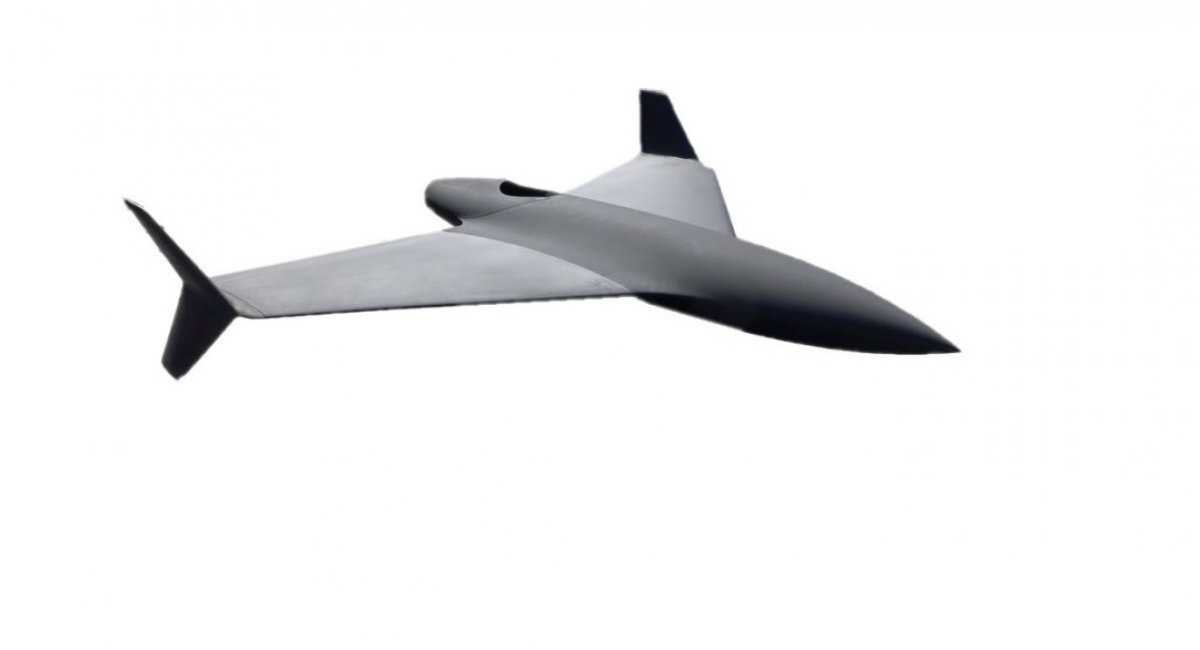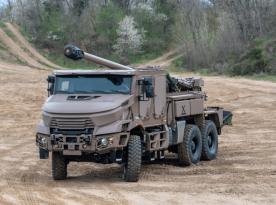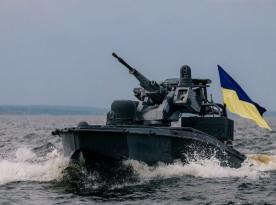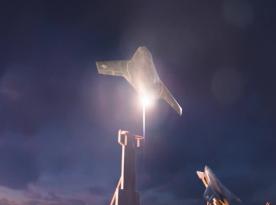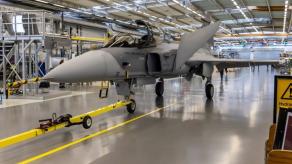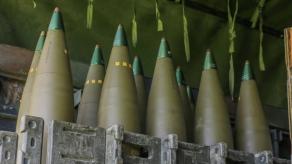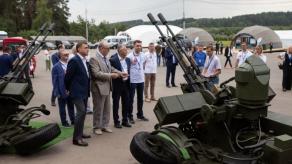First revealed at the Paris Air Show, the One-Way Effector initially sparked mixed reactions. MBDA had previously announced a long-range missile concept with a production potential of up to 1,000 units per month. Instead, the demonstration of a Shahed-like drone instead of a more elaborate precision-guided munition was met with reserved expectations.
The Shahed’s key advantages lie in its low cost, simplicity, and mass availability. In contrast, most Western manufacturers have emphasized complexity and precision over affordability and scale. However, with the One-Way Effector, MBDA may be signaling a fundamental change in approach. Several disclosed details support this impression.
Read more: Jet-Powered AirLAS Drone with IRIS-T Missile Looks Promising, But Will Anyone Order It?
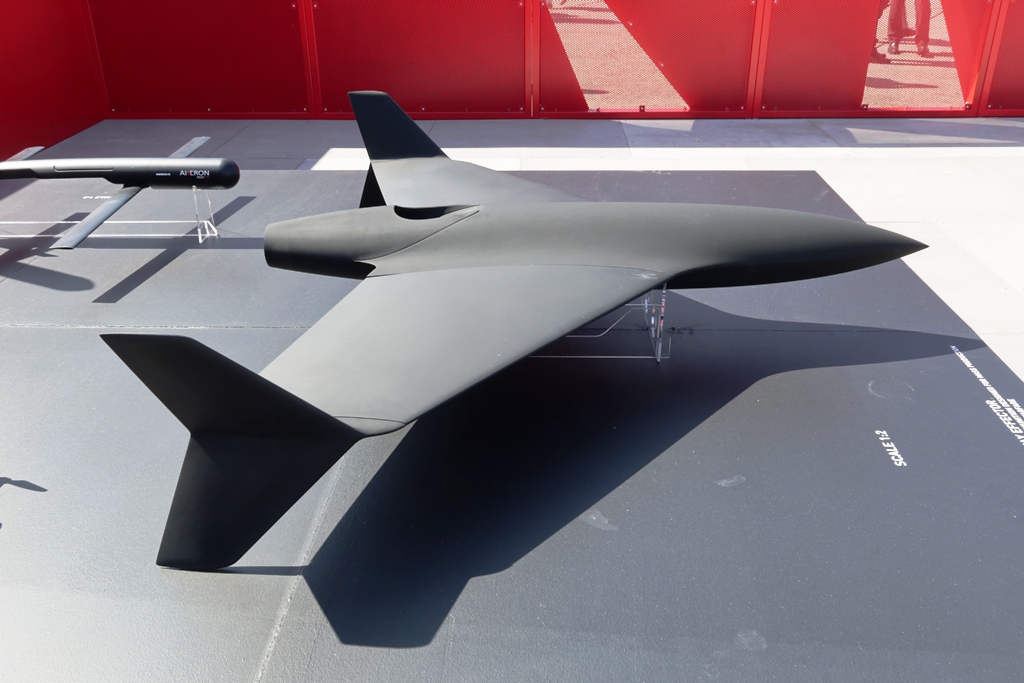
In an interview with EDR Magazine, MBDA representative Hugo Coccery explained that the drone’s design is focused on modularity, simplified component sourcing, and ease of assembly. With a wingspan of roughly 3 meters and a takeoff weight near 100 kilograms, the drone features a stripped-down navigation system based on jam-resistant satellite guidance combined with inertial support.
One of the most notable simplifications is the warhead. MBDA uses a standard 155mm artillery shell as the payload. According to Defense Express, this implies a warhead weight of about 40 to 50 kilograms and allows for immediate mass production without waiting for a custom-designed warhead to be finalized and tested.
This choice does not rule out future upgrades. Aerial warheads do not require the same rugged casing as artillery shells, which typically limits the explosive fill to about 8 kilograms. The payload could be replaced later with more efficient alternatives, including specialized or fragmentation warheads.
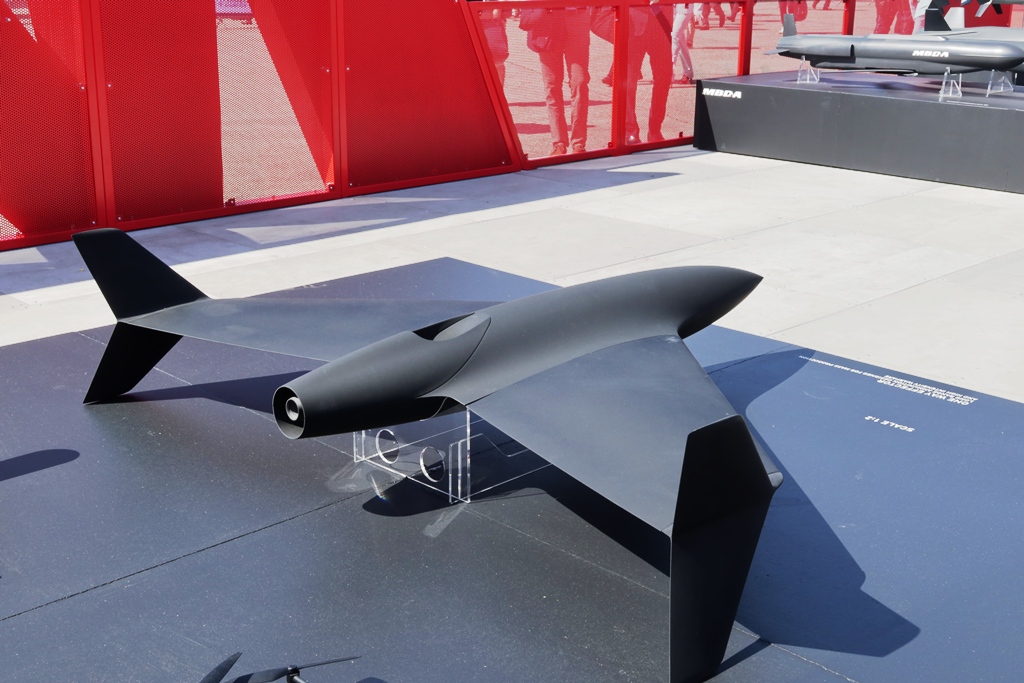
Further evidence of a simplified design is the launch method. The drone can be deployed from a basic inclined rail without a booster. It is also designed for quick assembly just before the flight, with wings attached manually. A containerized, booster-assisted start system remains an optional feature. This departs from the traditional model in which such systems are stored and launched from sealed portable containers.
MBDA claims the One-Way Effector will reach speeds of 400 km/h and a maximum range of 500 kilometers. These performance characteristics are tailored to avoid interception by anti-aircraft machine guns, short-range artillery, helicopters, and even future air defense drones. The jet engine, although more expensive than a propeller, supports these survivability goals.
While MBDA declined to disclose the system’s price, representatives stated that its cost would be "a tiny fraction of a cruise missile."
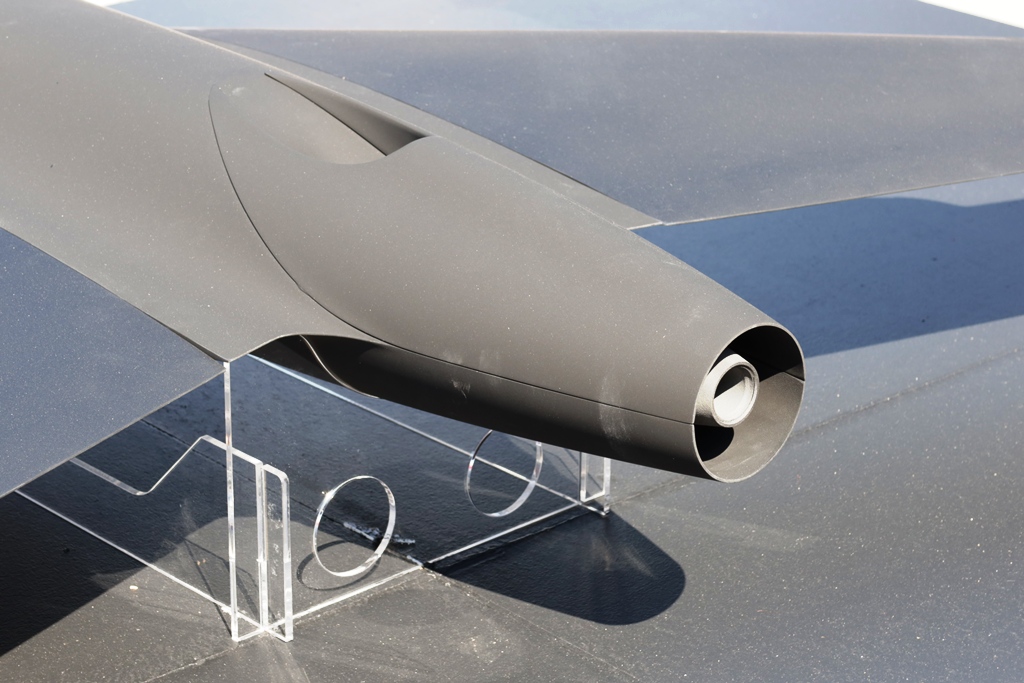
The first flight is scheduled for September 2025, just ten months after development began in December 2024. Despite the rapid development timeline, MBDA does not expect production to begin before 2027, as time is still needed for full-scale testing and manufacturing setup.
MBDA claims it will produce 1,000 units per month, thanks to support from an undisclosed automotive partner. However, that figure may need to be revised upward. russia is already assembling an estimated 2,700 Shahed drones monthly, and its production rate continues to rise.
Read more: From the Ukrainian Battlefields to European Assembly Lines: MBDA’s Plan for 1,000 One-Way Effectors Monthly



